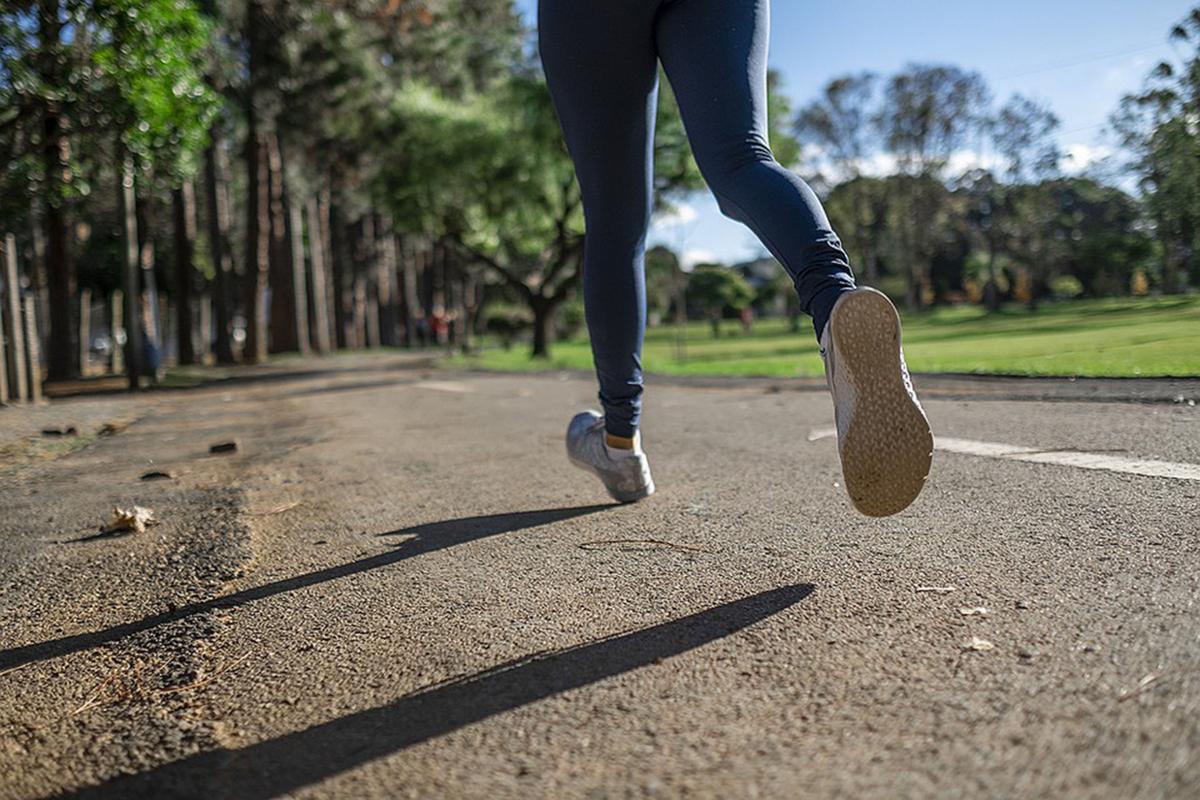I’ve had several patients in the last couple of weeks tell me that although they’d really like to get started on a running program, they’re concerned about whether they will damage their joints.
The theory that regular running can increase the presence of arthritis in the knee joints has been around for the past 30-40 years. It has been a hotly debated topic and the subject of numerous research projects.
While there is a lack of unanimous consensus among researchers, most evidence is pointing towards running being a knee-friendly activity for most people. There are a few populations which are at higher risk of developing arthritis, which we’ll discuss below. Let’s start with a few definitions first.
What is arthritis?
There are two main types: osteoarthritis (OA) and rheumatoid arthritis. For the purpose of this column, we’ll be sticking to osteoarthritis. OA is the breakdown of the cartilage which coats the end of a bone; specifically, the tibia and femur in the case of the knee. Even though the cartilage is only a couple of millimeters thick, it is a very tough substance that can protect the bone underneath for decades.
From what we can tell, the rate at which cartilage breaks down is determined largely by genetics, at least for the most common types. Other factors such as weight, activity level, and history of infection or injury can also affect the development of arthritis.
A very interesting study in the Journal of Medicine and Science in Sports and Exercise pointed out that while forces are drastically higher in running, the time that the joint is under pressure is drastically lower due to increases in speed and stride length.
The authors concluded that “…compared with walking, the relatively short duration of ground contact and relatively long length of strides in running seem to blunt the effect of high peak joint loads”.
What does the research show about relationship between running and knee arthritis?
An article in the Official Journal of the American College of Sports Medicine examined multiple studies to determine whether running correlated with the breakdown of cartilage in the knee. They found:
• There is strong evidence that running does not correlate with decreased joint space of the knee (an indicator of cartilage loss/arthritis)
• There is some evidence that physical activity may actually strengthen cartilage for mild to moderate distances. This is loosely defined as running less than 15-25 miles/week.
• There is strong evidence that physical activity is not associated with cartilage defects
Are there any exceptions to these findings?
Probably. Having a previous injury such as an old ACL tear or a previous surgery on the knee joint increased the risk of developing arthritis. Obesity was also correlated with increased cartilage loss.
Running form can also strongly affect wear of the joint. People with poor mechanics may experience loads 8-12 times greater than body-weight when running.
What’s the bottom line?
For a healthy person without a history of knee injury, running has not been correlated with arthritic changes of the knee. It may even strengthen the cartilage.
There are many factors to consider when starting any kind of exercise program, and like any new activity, runners should slowly build their mileage and allow adequate recovery time.
You should always check with your doctor and physical therapist before starting a new exercise program, or if you’re experiencing difficulty with an established program.







